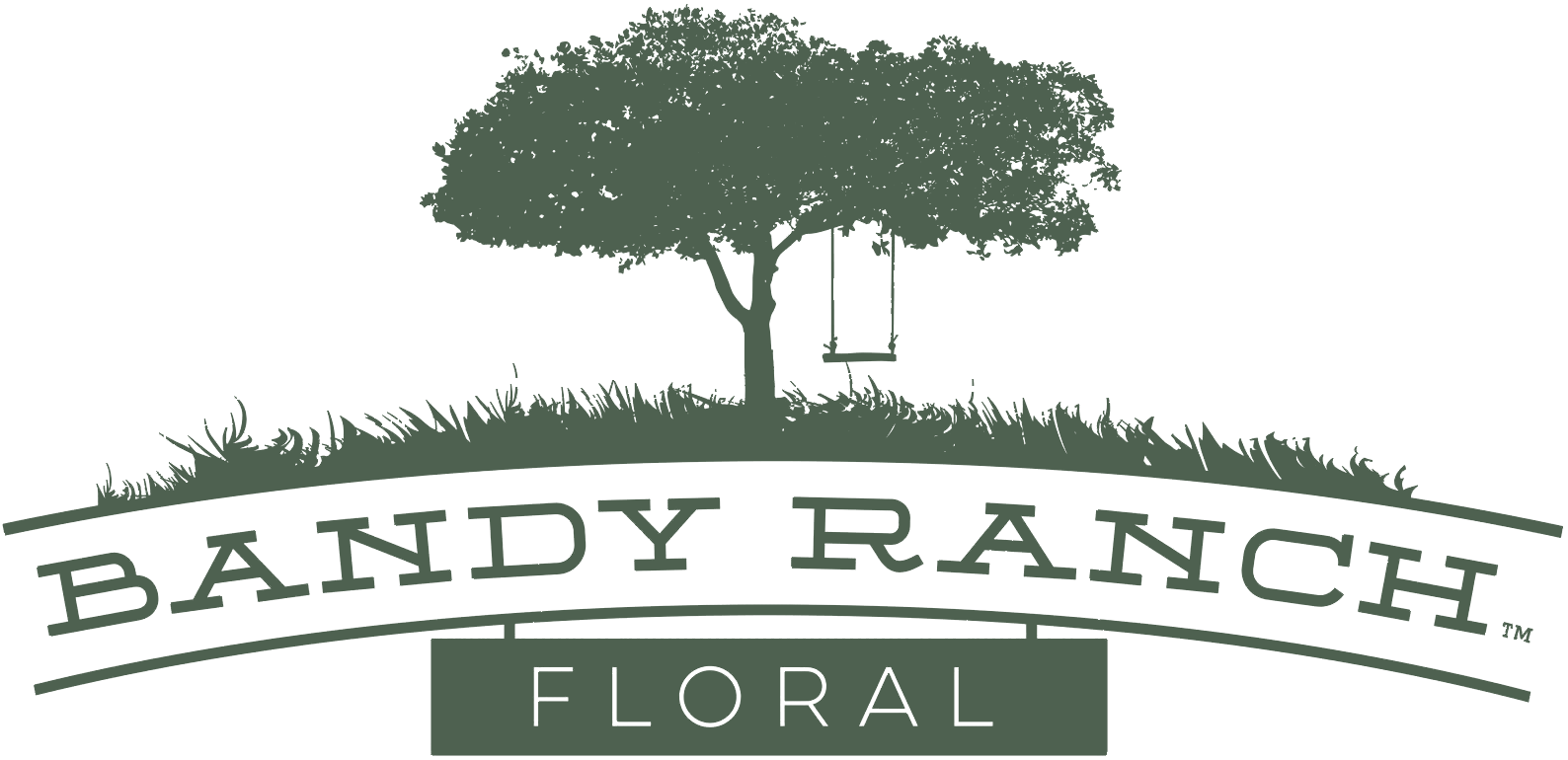

Foliage

EUCALYPTUS (Eucalyptus globulus)
Native to: Australia
Etymology: Greek words eu (good) and kalypto (cover)
Symbolizes: has a spiritually purifying effect
Form: filler
Fun Fact: Eucalyptus essential oil has been used in Indigenous Australian medicine as an antibacterial and anti-fungal agent for centuries. In India’s Ayurvedic medicine, it’s often used in the treatment of respiratory ailments. In 17th century England, it was used to disinfect hospitals.
Baby
Available June – March
Silver Dollar
Available June – March
Gunni
Available June – March
Seeded
Available September – December

LEUCADENDRON (Leucadendron laureolum)
Native to: South Africa
Etymology: Greek words leucos (white) and dendron (tree)
Symbolizes: compliment on beauty
Form: filler
Fun Fact: They have compositions of stiff, colorful terminal leaves (bracts) that surround cone like flowers. The flowers have most of the parts of conventional flowers reduced to small scales. If the cones are developed and visible, they are most likely female. The more inconspicuous flowers are usually male.
Gold Strike
Available year-round
Safari
Available July – January
Discolor
Available March – April
Red Blush
Available March – April

MELALEUCA (Myrtaceae)
Native to: Australia
Etymology: Greek words melas (black) and leukos (white)
Symbolizes: strength and dependability
Form: filler
Fun Fact: Tea tree oil is distilled from the leaves of the Melaleuca.
Green
Available March – May
Grey
Available March – May
OTHER VARIETALS
Aussie Pine (Casuarina equisetifolia)
Native to: Australia
Etymology: Latin equisetum (referring to the resemblance of the drooping branchlets to horse tails).
Symbolizes: wisdom and longevity
Fun Fact: The Australian Pine is not a pine tree at all. In fact, it is not even related to the pines.
Boxwood (Buxus)
Available year-round
Native to: Europe
Etymology: Latin buxus meaning box tree
Symbolizes: longevity and immortality
Form: filler
Fun Fact: Buxus plants have very good quality, hard wood, which is denser than water. It has historically been used to make boxes, chess pieces, woodblock printing, and musical instruments and parts—particularly for strings and woodwinds. It is still used for many of these purposes today.
Berzillia (Berzelia lanuginosa)
Available August – December
Native to: South Africa
Etymology: Honors Swedish chemist Jacob J. Berzelius.
Symbolizes: diversity
Form: filler
Fun Fact: The Berzelia genus is found in South Africa, and has been grown in Australia by Protea enthusiasts for the last 20 years or so. B. lanuginosa is a quite distinct looking cut flower as each branch is topped with masses of small green (or, late in the season, pale white) spheres.
Corkscrew Willow (Salix matsudana)
Native to: China
Etymology: Named in honour of Sadahisa Matsuda, a Japanese botanist.
Symbolizes: strength and growth
Form: line
Fun Fact: As the tree grows, its branches reach out horizontally and then twist this way and that, creating curls or corkscrews.
Grevillea (Grevillea)
Available August – November
Native to: Australia
Etymology: Named for British antiquarian Charles Francis Greville.
Symbolizes: true love and faith
Form: filler
Fun Facts: Wood of grevillea, also known as lacewood, can be used for the manufacture of veneer, furniture, cabinets, fences, and guitars.
Leptospermum Blue Foliage (Leptospermum Rotundifolium)
Available Spring – Summer
Native to: Australia
Etymology: Greek words lepto (slender) and sperma (seed). Rotundifolium means ‘with rounded leaves.’
Form: filler

Myrtle (Myrtus)
Available August – December
Native to: Mediterranean and Middle East
Etymology: Greek word myrtos (sprig of tree)
Symbolizes: innocence and purity
Form: filler
Fun Fact: Ancient Romans and Greeks wore wreaths made of common myrtle as a symbol of love. This plant was an indispensible part of ancient Roman gardens.
Information on this page is based on research conducted in our nursery library and from online sources.



